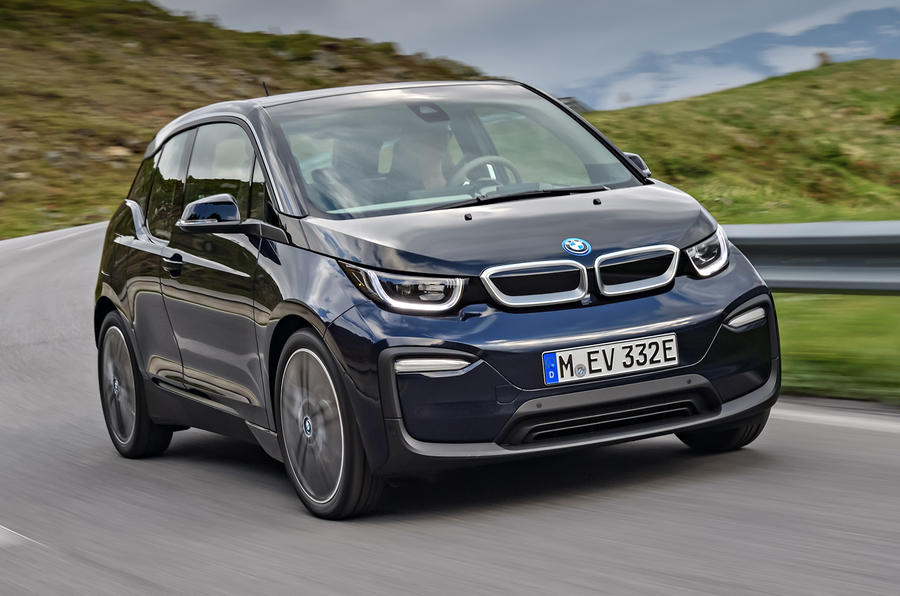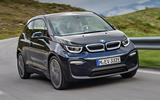It took a lengthy research effort – featuring prototypes such as the Mini E and BMW 1 Series Active E, and developing carbonfibre composites to new heights on strength, longevity and cost-effectiveness – to bring BMW to the point where it was ready to introduce this car. In the meantime it has watched rivals come to market with quicker-fix battery cars, but now comes the pay-off.
The i3 is more innovative than anything that the early adopters of EVs have been offered so far. Like the Tesla Model S, it is a ground-up electric car, not a platform-engineered adaptation. Something others have followed - just look at the Hyundai Ioniq and Jaguar i-Pace.
But unlike even the Tesla, it is constructed predominantly from carbonfibre-reinforced plastic (CFRP). That CFRP has been micro-engineered to balance weight and strength against cost in pioneering proportions. It undoubtedly adds to the purchase price of the car, but CFRP also allows BMW to offset the 230kg of the lithium ion battery pack from which the i3 draws its power almost entirely.
BMW initially installed 60kWh battery packs at the i3's launch, but 30 months on it has been replaced with a more powerful Samsung-developed battery pack, which remains the same size but is more dense that its predecessor – meaning it can hold 50 percent more charge. The 94kWh i3 is also fitted with a new, improved charging system, including a DC charger designed to charge the i3 up to 80 percent in 40 minutes, which translates to a range of 100miles.































